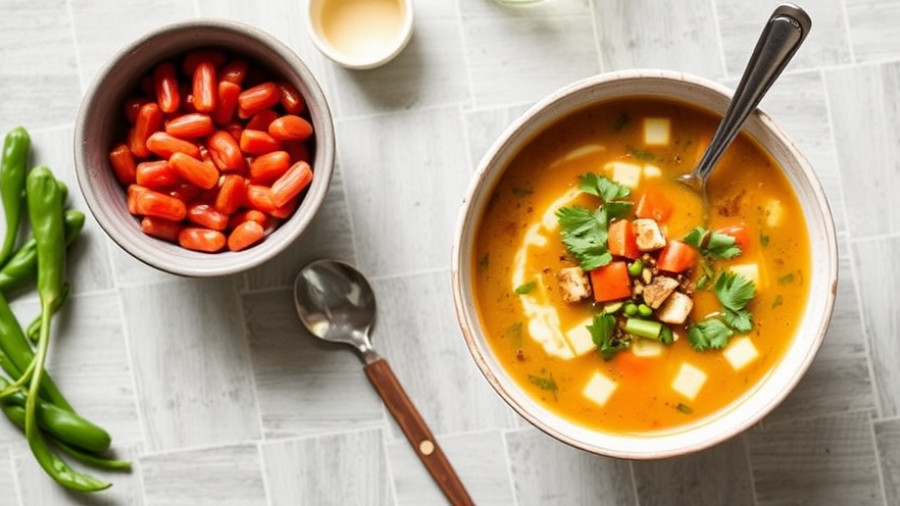
Dining Out with Confidence: Expert Tips for Tracking Meals
Dining out should always be an enjoyable occasion, yet if you're trying to track what you consume, it can present unexpected challenges. The key to successful tracking lies in preparation and strategy. Here, we share essential tactics from dietitian experts to make logging restaurant meals not only feasible but also stress-free.
1. Pre-Dinner Planning: Empowerment Through Knowledge
Begin your dining experience with a little foresight. "If you choose a chain restaurant, you're in luck because they’re required to share calorie and nutrition info," says Katherine Basbaum, RD. Look over the menu before your visit. Familiarize yourself with healthier sides like salads or steamed veggies that can be swapped for heavier options. By knowing what’s available, you can make informed choices on-site and easily log those meals later.
2. Visual Portion Estimations: Using Your Hands
Oversized restaurant portions can make logging frustrating. To aid your tracking, rely on simple visual cues utilizing your own body. "A palm-sized portion for protein, a fist for carbs, and two cupped hands for vegetables," suggests Daisy Mercer, RD. This handy method allows for greater accuracy in real-time dining scenarios without feeling overwhelmed. If portions exceed your expectations, try to slow down and consciously enjoy your meal while leaving a manageable amount behind.
3. Order Smart: Simplicity and Healthier Choices
When it comes to what you order, simpler is often healthier. “Opt for dishes that are baked, steamed, or roasted instead of fried or creamy,” advises Katherine Basbaum, RD. These choices not only contribute to a healthier meal but also simplify your tracking process. Foods prepared with less fat are generally easier to log and will help you maintain your dietary goals even while indulging.
4. Create a Balanced Meal Strategy
Making thoughtful swaps on your plate can dramatically impact your nutritional intake. Consider replacing cream-based sauces with tomato puree, or opting for grilled items instead of fried. These small changes add up, and they make logging meals more straightforward. Awareness of menu descriptions can lead to healthier outcomes while enabling effective tracking.
5. Use Tech to Your Advantage
Harness tools available at your fingertips. Applications like MyFitnessPal can ease the logging process by providing extensive food databases, making it easier for you to track nutrition accurately. Simply input your meal details, and the app will assist in keeping your diet on track while dining out.
6. Embrace Mindfulness: Be Present During Meals
Finally, practice mindfulness during your meal. Engage with your dining experience fully; eat slowly and focus on savoring flavors without distraction. This not only enhances your meal enjoyment but can also help you recognize when you’re full, allowing for better portion control and tracking accuracy.
Dining out can be a delightful experience when you’re equipped with the right knowledge and tools to manage your dietary habits. Through planning, mindful eating, and leveraging technology, you can savor every bite while staying on track with your nutrition goals.
 Add Row
Add Row  Add
Add 




Write A Comment